Behavioral and Clinical Characteristics of Persons with Diagnosed HIV Infection—Medical Monitoring Project, United States 2020 Cycle (June 2020–May 2021)


The National HIV/AIDS Strategy and the Ending the HIV Epidemic in the U.S. initiative aims to reduce new HIV transmissions in the United States by 90% by 2030. The CDC Medical Monitoring Project (MMP) reports representative data that reflects the successes and challenges with HIV care engagement and viral suppression among adults with diagnosed HIV.



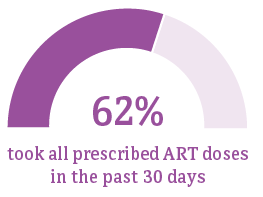
Source: CDC. Behavioral and Clinical Characteristics of Persons with Diagnosed HIV Infection—Medical Monitoring Project, United States 2020 Cycle (June 2020–May 2021) HIV Surveillance Special Report 2022;29.

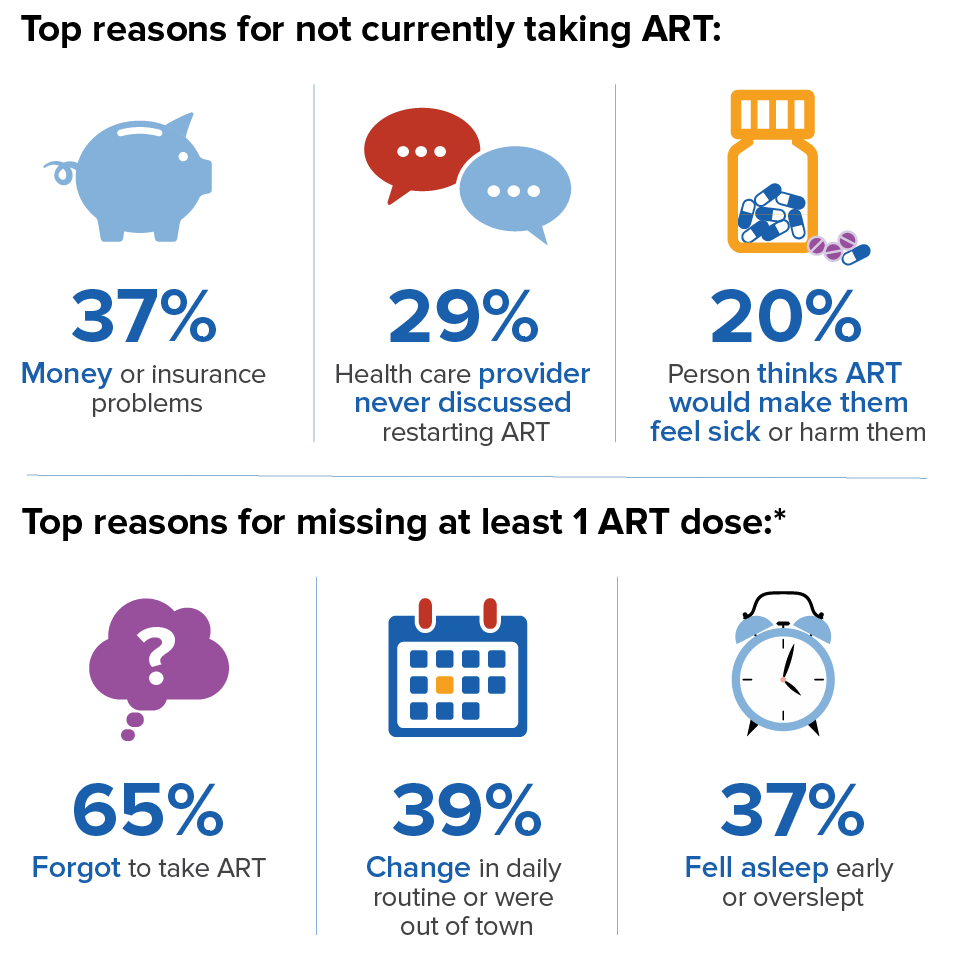
*Based on the past 30 days.
Source: CDC. Behavioral and Clinical Characteristics of Persons with Diagnosed HIV Infection—Medical Monitoring Project, United States 2020 Cycle (June 2020–May 2021) HIV Surveillance Special Report 2022;29.


*All characteristics reported for the past 12 months, except for symptoms of depression of anxiety, which are reported for the past 2 weeks, and binge drinking, which are reported for the past 30 days.
†Drug use includes injection and non-injection drug use.
Source: CDC. Behavioral and Clinical Characteristics of Persons with Diagnosed HIV Infection—Medical Monitoring Project, United States 2020 Cycle (June 2020–May 2021) HIV Surveillance Special Report 2022;29.
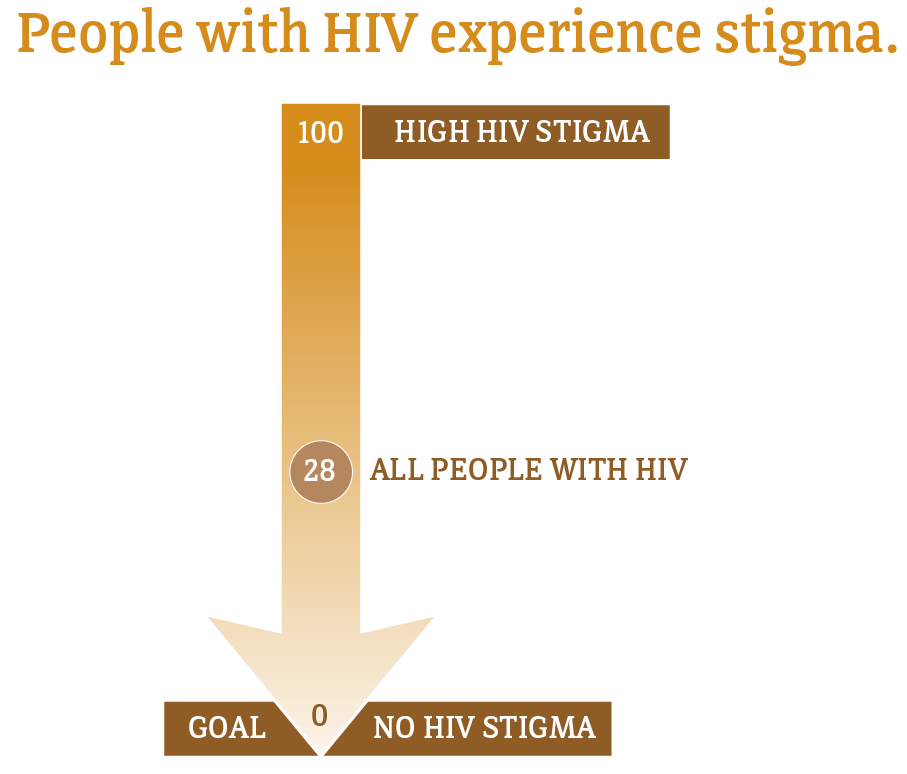
Source: CDC. Behavioral and Clinical Characteristics of Persons with Diagnosed HIV Infection—Medical Monitoring Project, United States 2020 Cycle (June 2020–May 2021) HIV Surveillance Special Report 2022;29.

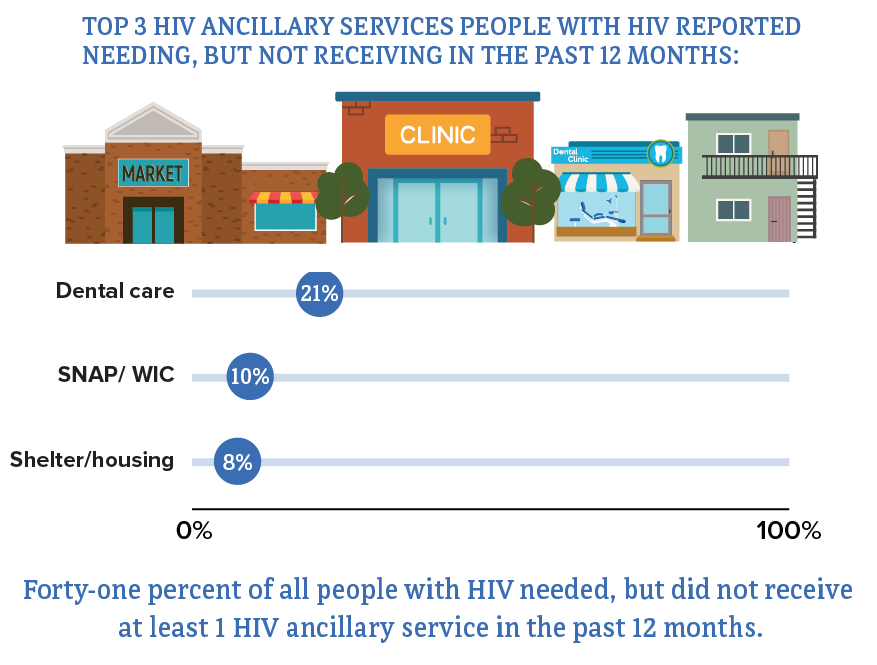
Abbreviations: SNAP = Supplemental Nutrition Assistance Program; WIC = Special Supplemental Nutrition Program for Women, Infants, and Children.
*Ancillary services are those that support retention in routine HIV medical care and viral suppression. Need for services are reported for the past 12 months.
Source: CDC. Behavioral and Clinical Characteristics of Persons with Diagnosed HIV Infection—Medical Monitoring Project, United States 2020 Cycle (June 2020–May 2021) HIV Surveillance Special Report 2022;29.

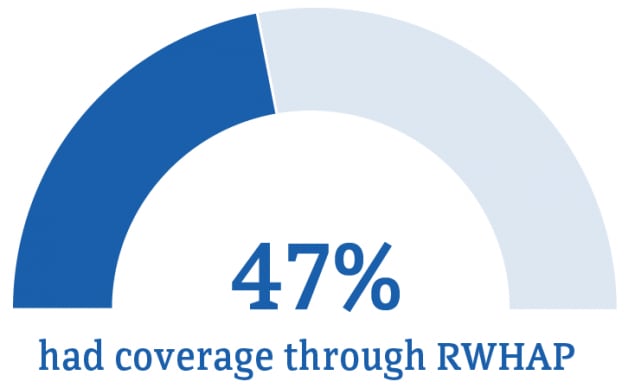
Source: CDC. Behavioral and Clinical Characteristics of Persons with Diagnosed HIV Infection—Medical Monitoring Project, United States 2020 Cycle (June 2020–May 2021) HIV Surveillance Special Report 2022;29.


*Had anal or vaginal sex while not virally suppressed with at least 1 partner whose HIV status was negative or unknown, a condom was not used, and the partner was not taking PrEP. PrEP use was only measured among the 5 most recent partners.
Source: CDC. Behavioral and Clinical Characteristics of Persons with Diagnosed HIV Infection—Medical Monitoring Project, United States 2020 Cycle (June 2020–May 2021) HIV Surveillance Special Report 2022;29.
MMP is a cross-sectional, locally and nationally representative sample survey that assesses the behavioral and clinical characteristics of adults with diagnosed HIV. Learn more about the project.
Centers for Disease Control and Prevention. Behavioral and Clinical Characteristics of Persons with Diagnosed HIV Infection—Medical Monitoring Project, United States, 2020 Cycle (June 2020–May 2021). HIV Surveillance Special Report 29. https://www.cdc.gov/hiv/library/reports/hiv-surveillance.html. Published July 2022. Accessed [date].
Confidential Information, Referrals, and Educational Material on HIV Infection
CDC-INFO
- 1-800-232-4636 (in English, en Español)
- 1-888-232-6348 (TTY)
- http://wwwn.cdc.gov/dcs/ContactUs/Form
Acknowledgments
This report was prepared by the following staff and contractors of the Division of HIV Prevention, CDC: Sharoda Dasgupta, Yunfeng Tie, Linda Beer, Stacy M. Crim, Tim McManus, Mohua Basu, Angela Blackwell, Jason A. Craw, Catherine Espinosa, Rodel Desamu-Thorpe, Jennifer L. Fagan, Tonyé Fohsta Lynch, Mariana Gutierrez, Rikki Johnson, Ruth E. Luna-Gierke, Mabel Padilla, Sandra Stockwell, Jennifer Taussig, John Weiser, Kathleen Wu, Michael Friend (desktop publishing), and R. Luke Shouse.
Graphics and web design were developed by staff and contractors of the Prevention Communication Branch, including: Karen Rothschild, Scott Outman, Nitesh Parmar, and Dominique Thomas.
This report is based, in part, on contributions by Medical Monitoring Project (MMP) participants, community and provider advisory boards, interviewers, and abstractors; the Data Coordinating Center for HIV Supplemental Surveillance at ICF International; and members of the Clinical Outcomes Team, Division of HIV Prevention, National Center for HIV, Viral Hepatitis, STD, and TB Prevention, CDC, Atlanta, Georgia.